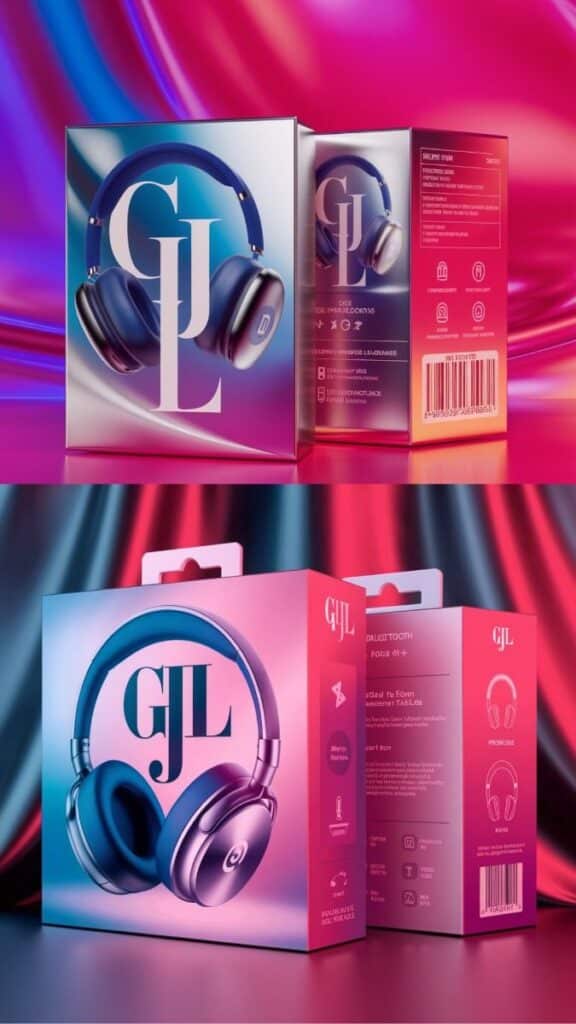Choosing the right inner lining material for 3C (Computer, Communication, Consumer Electronics) digital device packaging is critical for product protection, brand image, and customer satisfaction. As demand grows for sustainable solutions, brands are seeking both performance and eco-friendly options in their custom packaging designs.

1. Understanding the Role of Inner Lining
- Protection and Shock Absorption: Inner lining serves as the first defense against impacts during shipping and handling. Materials must cushion devices and prevent scratches.
- Thermal Insulation: Sensitive electronics can be temperature-sensitive; an appropriate lining helps regulate heat.
- Presentation and Unboxing Experience: A premium inner lining enhances perceived value and reinforces the unboxing experience.
2. Key Factors in Selecting Inner Lining Materials
- Material Compatibility: Ensure the lining does not react with device surfaces. Avoid materials that may leave residues.
- Shock and Vibration Resistance: Test compressive strength and rebound properties. Common choices include molded pulp, EPE (Expanded Polyethylene), and EVA foam.
- Environmental Impact: Growing consumer demand for sustainable products means choosing recyclable or biodegradable options.
- Cost and Customization: Balance budget constraints with the need for bespoke shapes, colors, and branding elements.
3. Popular Inner Lining Materials
| Material | Benefits | Drawbacks | Sustainability |
|---|---|---|---|
| EPE Foam | Excellent cushioning, lightweight | Non-biodegradable | Low |
| Molded Pulp | Good protection, recyclable, biodegradable | Limited fine contours | High |
| EVA Foam | Durable, high resilience | Higher cost | Medium |
| Corrugated Inserts | Customizable, rigid support | Bulky | Medium-High |
| Biodegradable Foams | Plant-based, compostable | Emerging technology, cost varies | Very High |
4. Spotlight on Eco-Friendly Options
- Molded Pulp: Made from recycled paper fibers, molded pulp provides robust protection while being 100% recyclable and biodegradable. Ideal for brands emphasizing green credentials.
- Biodegradable Foams: Derived from corn starch or polylactic acid (PLA), these foams break down in industrial composting facilities. They match performance metrics of conventional foam with reduced environmental footprint.
- Paper-Based Cushions: Layered kraft paper or honeycomb paper inserts—fully recyclable, tear-resistant, and customizable.
5. Testing and Certification
To ensure reliability, work with suppliers who offer standardized testing and certifications:
- ISTA (International Safe Transit Association): Guidelines for transportation testing.
- ISO 14001: Environmental management certification for suppliers.
- FSC (Forest Stewardship Council): Ensures paper-based materials come from responsibly managed forests.
6. Integrating Inner Lining into Your Custom Packaging Design
- Collaborate early with your custom packaging partner to specify device dimensions, weight, and fragility.
- Provide CAD files or physical samples for prototyping.
- Balance interior design with exterior branding elements—colors, textures, and logos.
Selecting the optimal inner lining material for 3C digital device packaging combines functional performance with brand values. By prioritizing eco-friendly options and rigorous testing, businesses can deliver secure, aesthetically pleasing custom packaging that resonates with environmentally conscious consumers.
